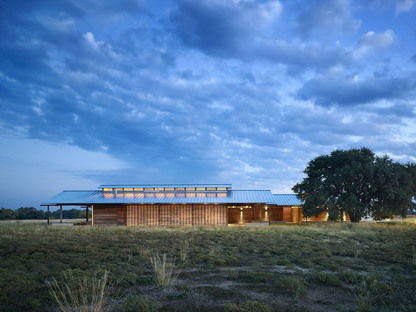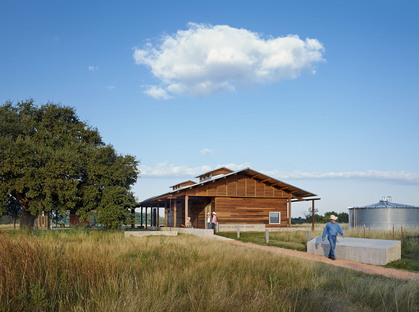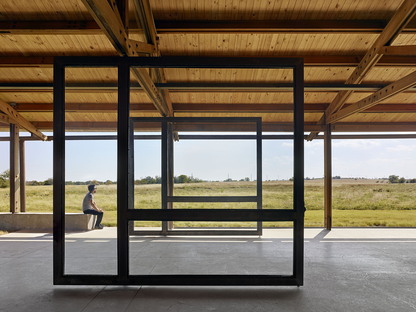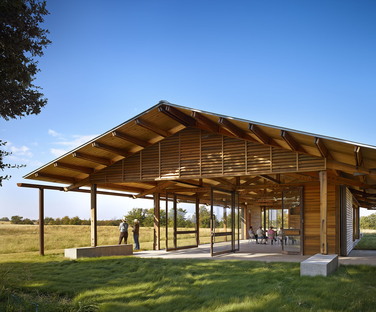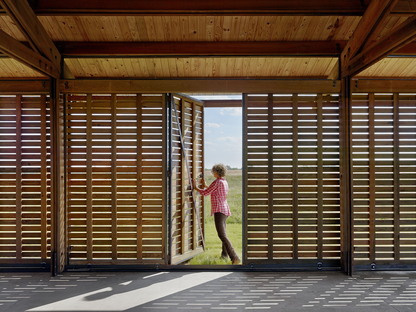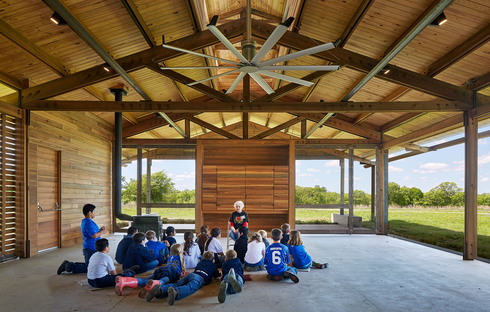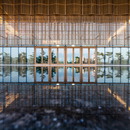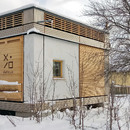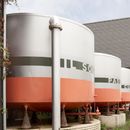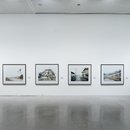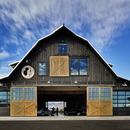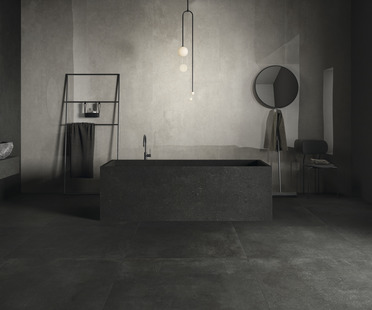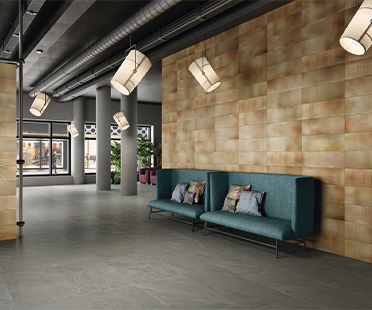- Blog
- Sustainable Architecture
- The Josey Pavilion, Dixon Water Foundation
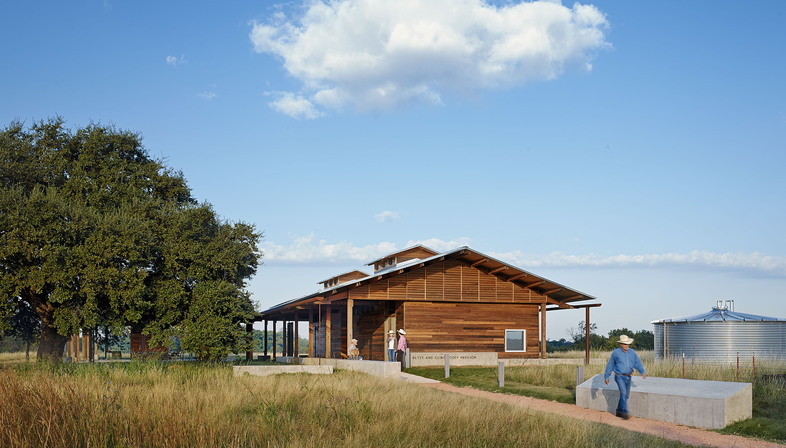 We end 2016 with a sustainable project, granted certification as a Living Building and one of the AIA's Top Ten projects for 2016: The Josey Pavilion for the Dixon Water Foundation in Texas to a design by Lake Flato Architects.
We end 2016 with a sustainable project, granted certification as a Living Building and one of the AIA's Top Ten projects for 2016: The Josey Pavilion for the Dixon Water Foundation in Texas to a design by Lake Flato Architects.Lake Flato Architects based in San Antonio, Texas has always stood out for its sustainable approach to architecture, as we have already showcased to our readers (link articles).
The project for the Josey Pavilion, a multi-functional education and meeting centre supports the mission of the Dixon Water Foundation to promote healthy watersheds through sustainable land management, a major issue in a land like Texas, where livestock grazing and industry have a huge impact on water management.
The client - the Dixon Water Foundation - wanted to send a strong message by designing the facility to meet the Living Building Challenge. The Josey pavilion is the first Living Building in Texas and achieves the same ecological balance as the foundation is pursuing on its ranches.
Lake Flato Architects designed the Josey Pavilion around a large heritage live oak on the site, and the building adapts to the weather conditions and at the same time facilitates a positive visitor experience. The main hall is east-west oriented to capture the cool summer breezes and make the most of the daylight, also underscored by a central cupola over the roof. This concept is repeated throughout to guarantee the flow of air, light and views outside.
Of course, water management is extremely important, because the structure demonstrates what can be done to mitigate the negative effects of waste and storm water. The architectural project is a tangible example of the water cycle: rainwater is collected and stored in a cistern, used for sewage conveyance and irrigation. The constructed wetland acts as “nature's kidneys”, cleansing the water before returning it to the aquifer.
Other sustainable solutions include the use of solar power, locally sourced certified, non-toxic materials to create a winner of the AIA Top Ten Project Award for 2016, which the jury praised for the elegant bioclimatic response to programme and site with a vernacular form that fits the site and is appropriate to the mission of sustainable agriculture in a perfect union of design and sustainability.
Christiane Bürklein
Project: Lake Flato Architects
Year: 2014
Location: Decatur, Texas, USA
Images: courtesy of AIA – Dror Baldinger, Casey Dunn
Award: 2016 AIA Top Ten










